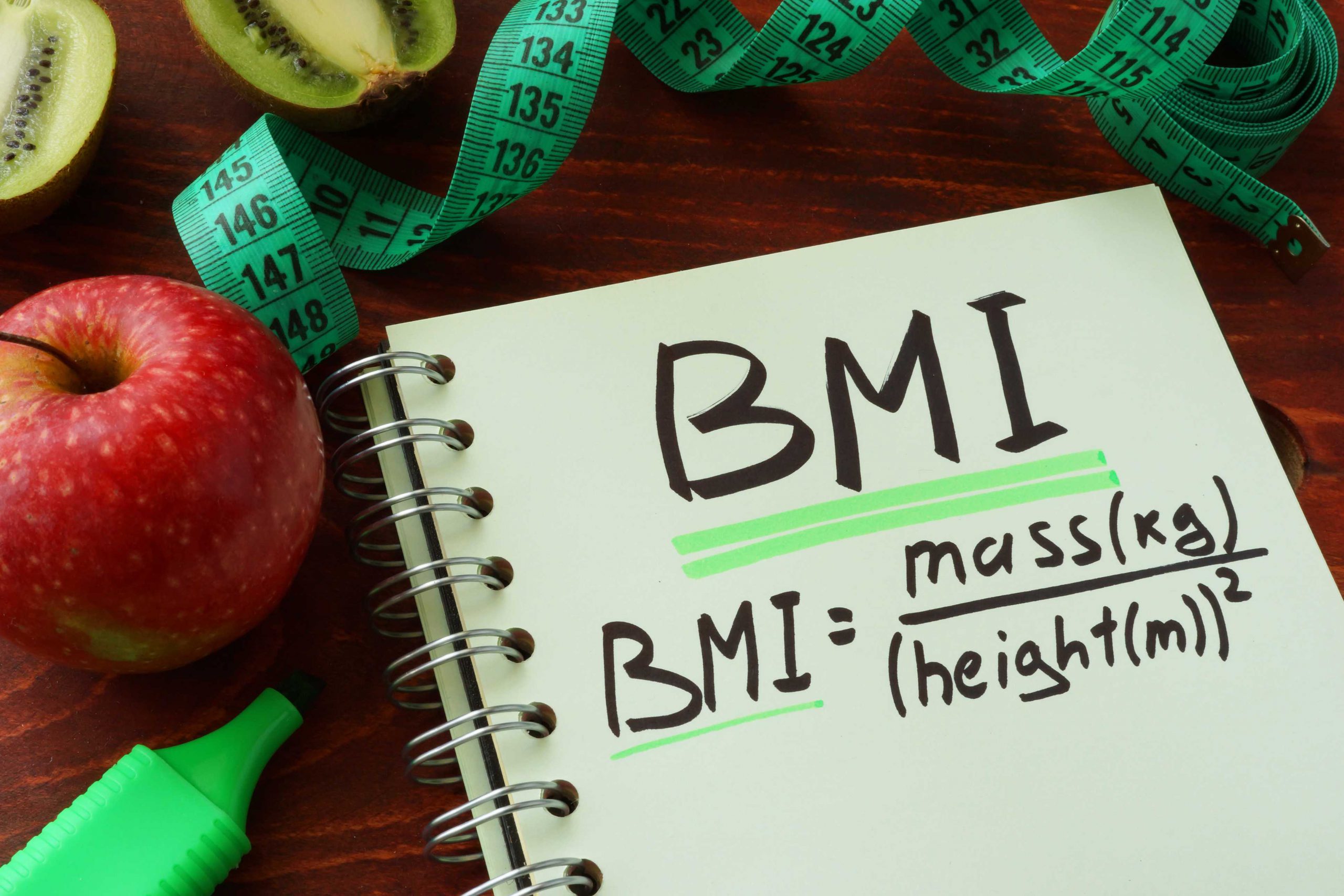BMI, or Body Mass Index, is an indicator used in the diagnosis of overweight and obesity. Thanks to kids BMI, you can easily determine whether a person’s body weight is correct. The index was developed in 1832 by Adolf Quetelet – a Belgian astronomer, mathematician, statistician, sociologist, and criminologist – “kids BMI”.
To this day, it is used by doctors and nutritionists around the world. In the definition of obesity given by the World Health Organization, it appears as the basic tool for the diagnosis of clinical obesity. Nevertheless, the BMI index is sometimes criticized due to the inability to estimate the amount of body fat.
For example, people with extensive muscles may have a kids BMI that is too high, indicating obesity, and tall athletes may have a BMI that suggests underweight or emaciation.
How To Calculate BMI?
Calculating your BMI is very simple. To find out if your body weight is correct, just use the following formula:
BMI = weight (kg) / height2 (m)

To calculate the BMI, we need to know our weight (expressed in kilograms) and height (expressed in meters). Then divide the weight by your height squared. For example – the BMI of a person weighing 80 kilograms with a height of 1.80 meters will be 24.69.
What Is The Correct BMI?
The result obtained by us should be compared with the standards. A BMI of less than 17 suggests you are too weak or even starved. Anything between 17 and 18.49 is underweight. A BMI of 18.5-24.9 is considered normal. Overweight is indicated by a BMI of 25 to 29.9, while obesity is when a BMI is 30 or higher.
There Are Several Degrees Of Obesity:
I degree – when BMI is in the range 30 – 34.9.
2nd degree – with a BMI ranging from 35 to 39.9.
Grade III – called morbid obesity, when BMI is 40 or more.
So BMI of 24.69 is normal. If, on the other hand, the person named as an example had gained 40 kg, i.e. would weigh 120 kg with a height of 1.8 meters, their BMI would be 37.03, which would indicate obesity of the 2nd degree.
BMI Calculator
You do not have to calculate the Body Mass Index yourself. You can use the online BMI calculator. Most calculators available on the Internet take into account not only height and weight, but also gender, and some also take an age.
How To Use The BMI Calculator?
It is enough to enter the appropriate values in the empty fields, and he will calculate himself and give us the value of BMI, as well as determine whether it is within the norm. More and more calculators take gender into account, as the amount of body fat considered normal differs significantly between men and women.
The percentage of body fat by body weight for women should be up to 25 percent and for men – 15 percent. For this reason, the normal values of BMI in both genders differ slightly.
BMI calculators, in which you have to enter the age, also take into account the fact that with age the muscle and bone mass decreases and the fat tissue increases, therefore in the elderly slightly different values are treated as the norm.
How To Calculate A Child’s BMI?
The above BMI formulas and norms are applicable to adults. It is similar to BMI calculators. To determine the correct weight of a child, the so-called percentile grids, separate for girls and boys.
These are graphs where the child’s age is given on the x line, and the weight is given on the Y line. The points of contact for a specific weight and height are percentiles – values that determine how many percent of your peers have the same weight and height. For example, if a child is at the 15th percentile, this means that 15 percent of peers weigh less and 85 percent have greater body weight.

The graphs show the curves determining mainly the percentiles – most often 97th, 90th, 75th, 50th, 25th, 10th, and 3. Values below the 3rd or above the 97th percentile are alarming. Observation is indicated if the child is between the 3rd and 10th percentiles or between the 90th and 97th percentiles. Centiles between the 10th and the 90th indicate normal development.
Importantly, almost every country in the world has developed its own percentile grids that account for differences in development resulting from geographic location, race, lifestyle, and social and economic factors. Only with the help of percentile grids, it is possible to assess whether the child’s weight is correct.



